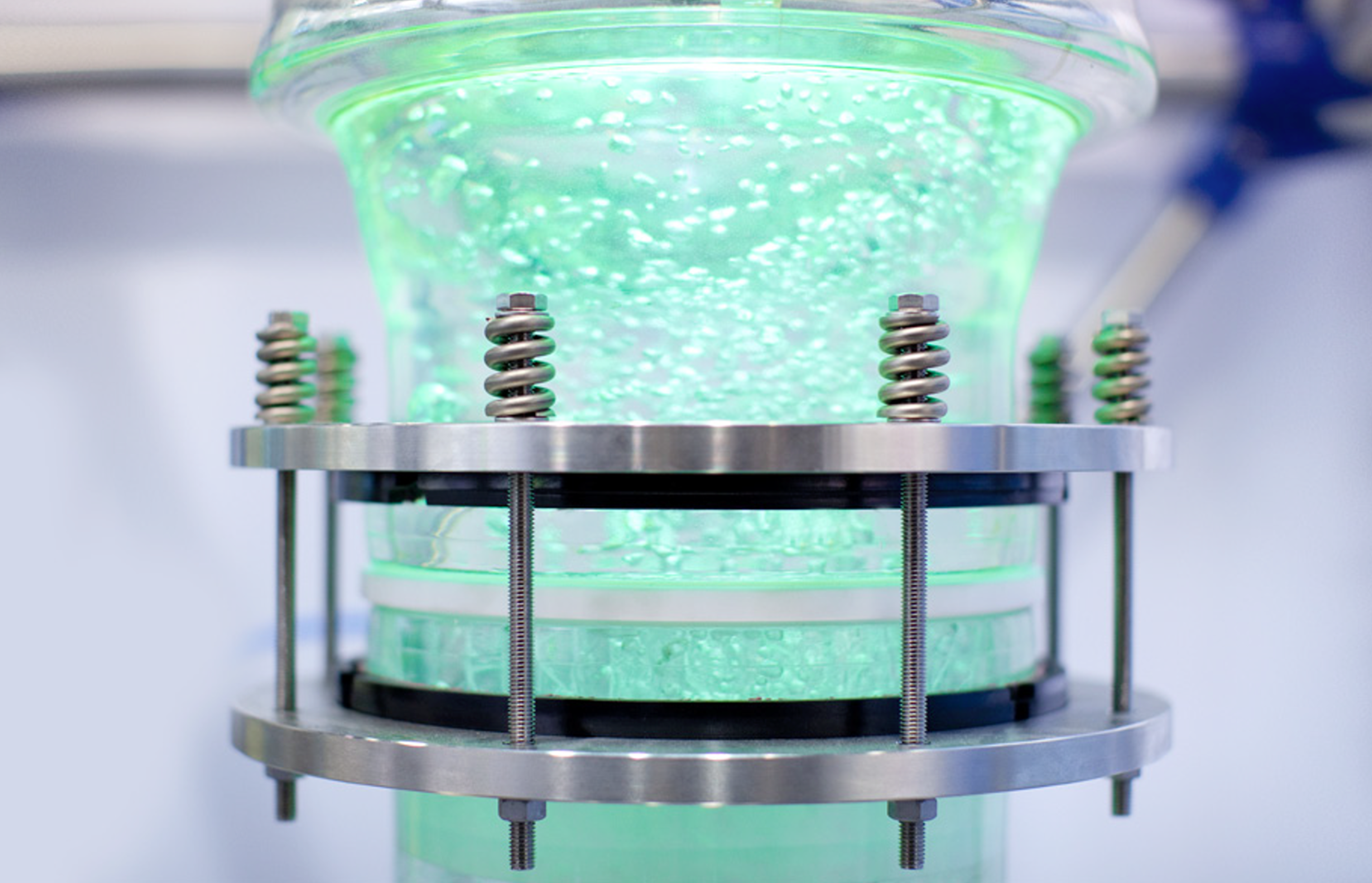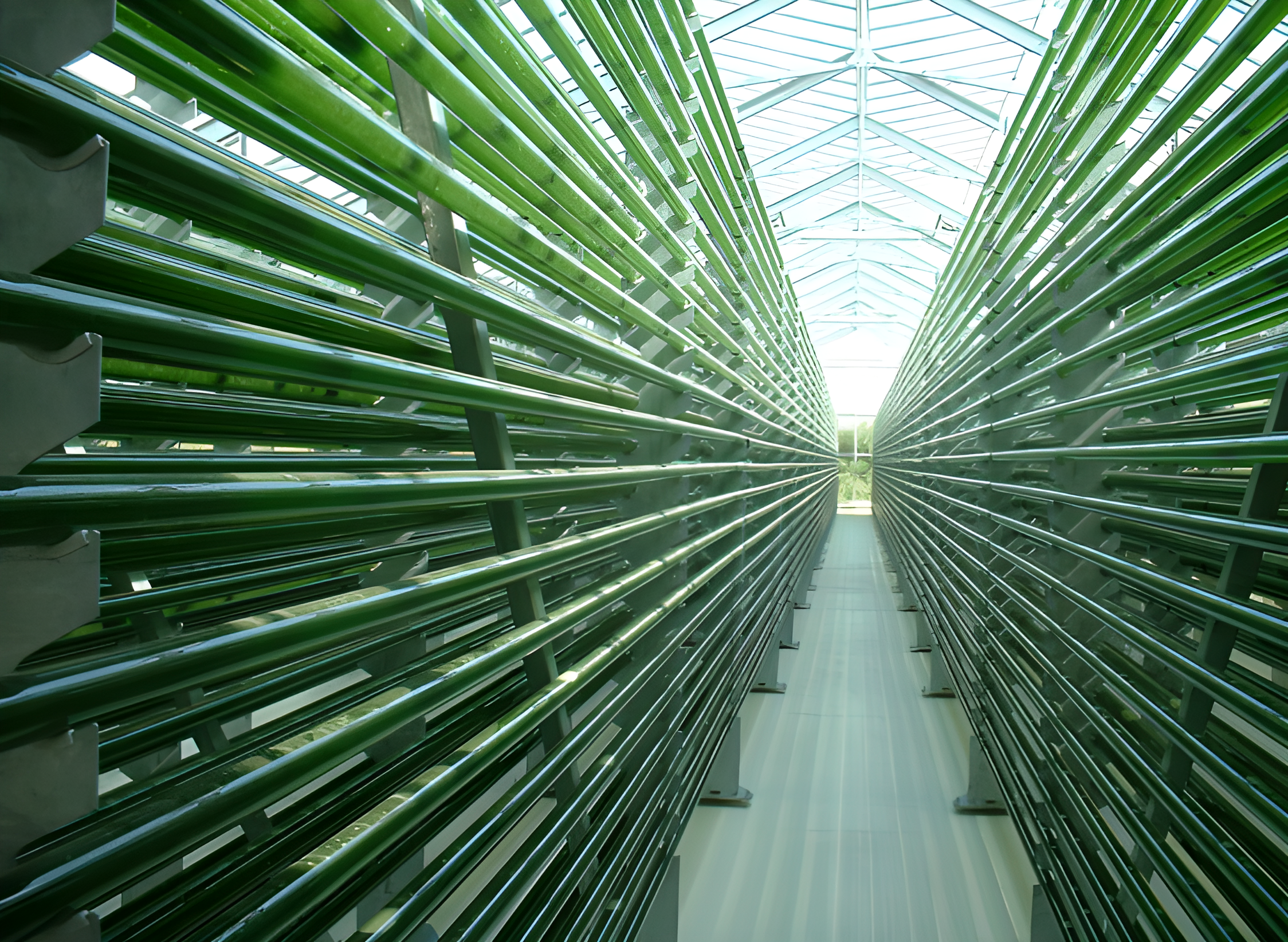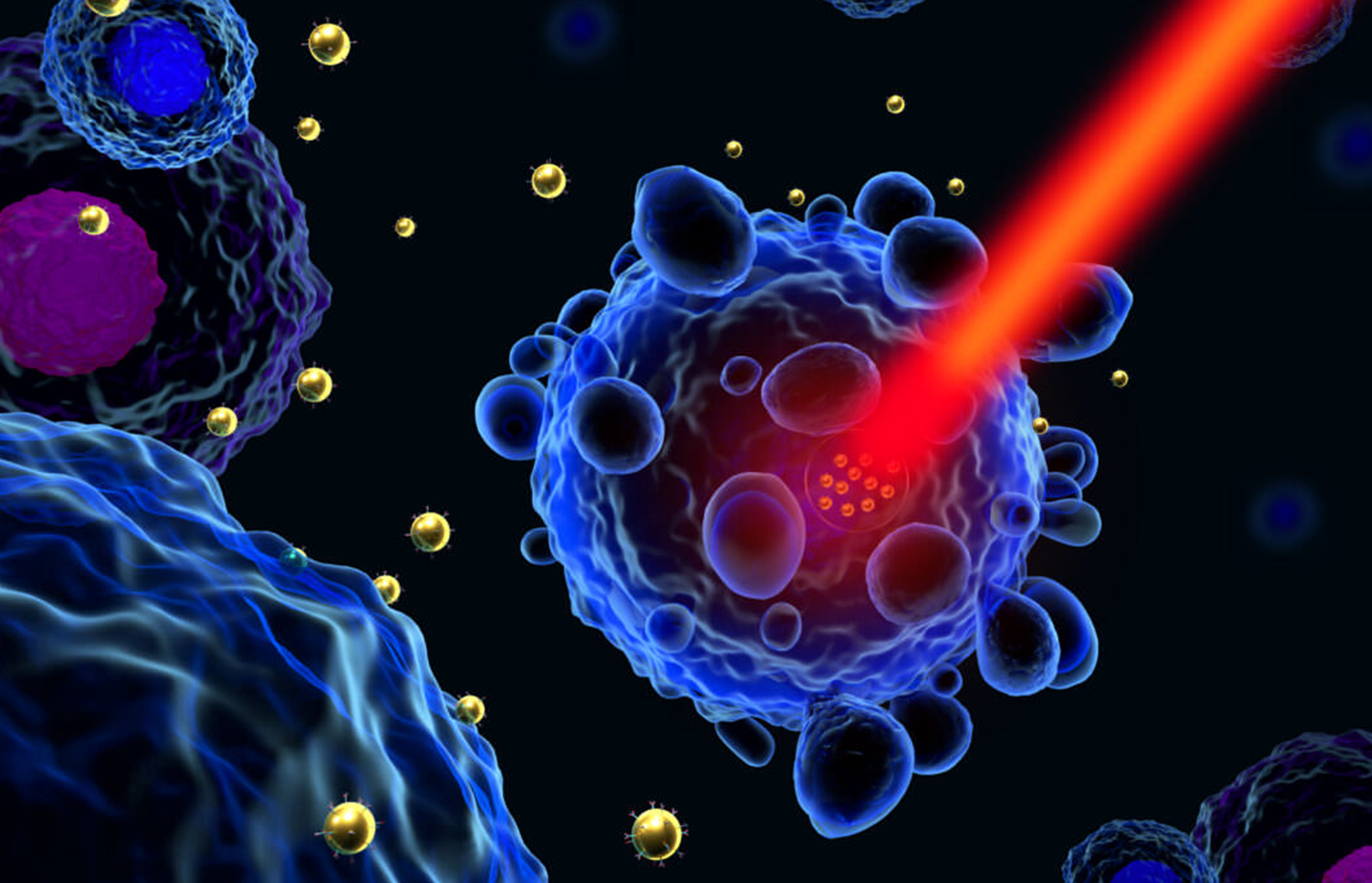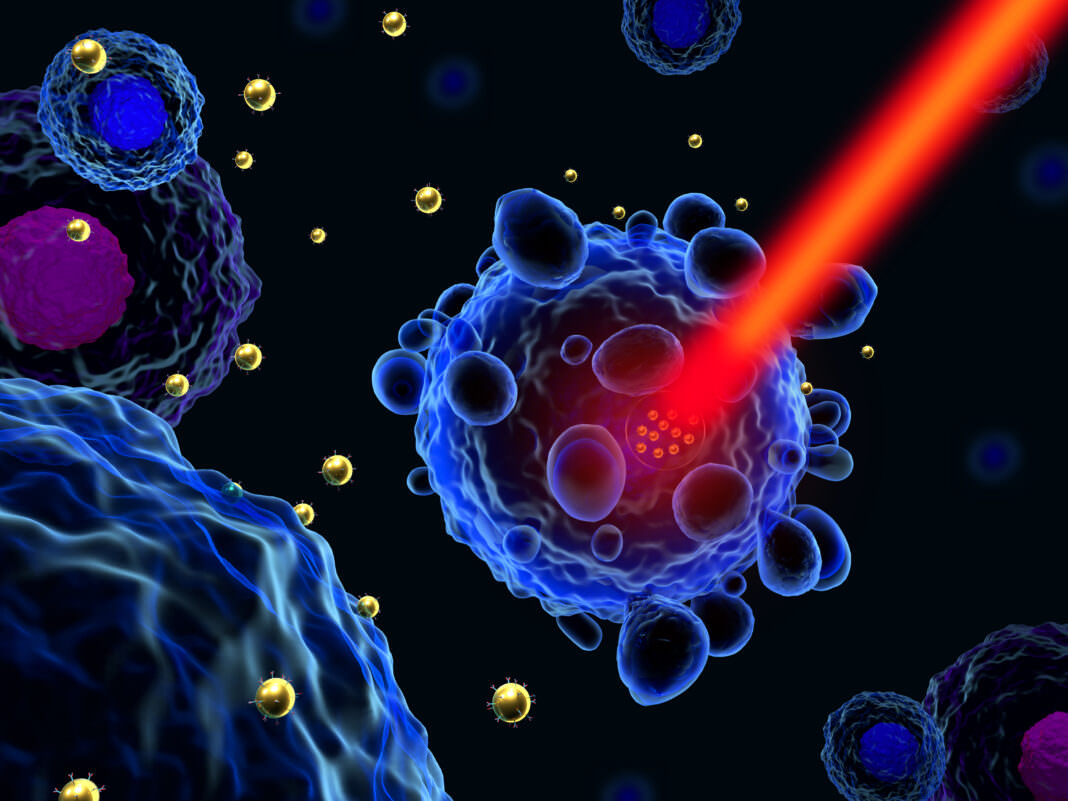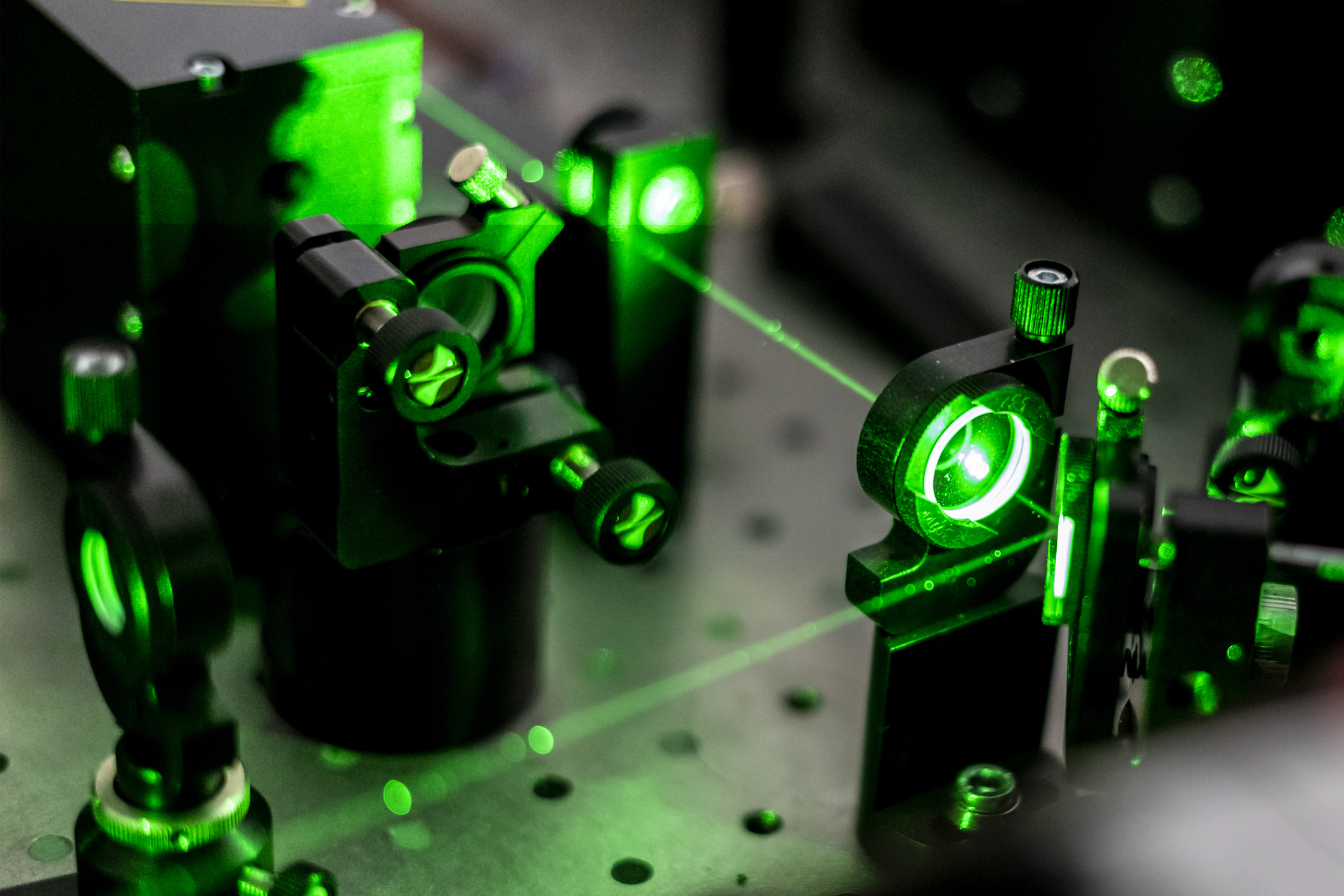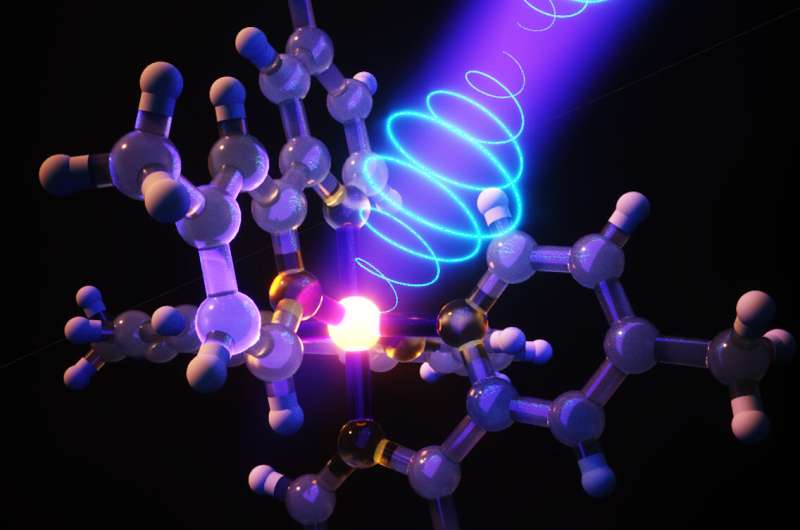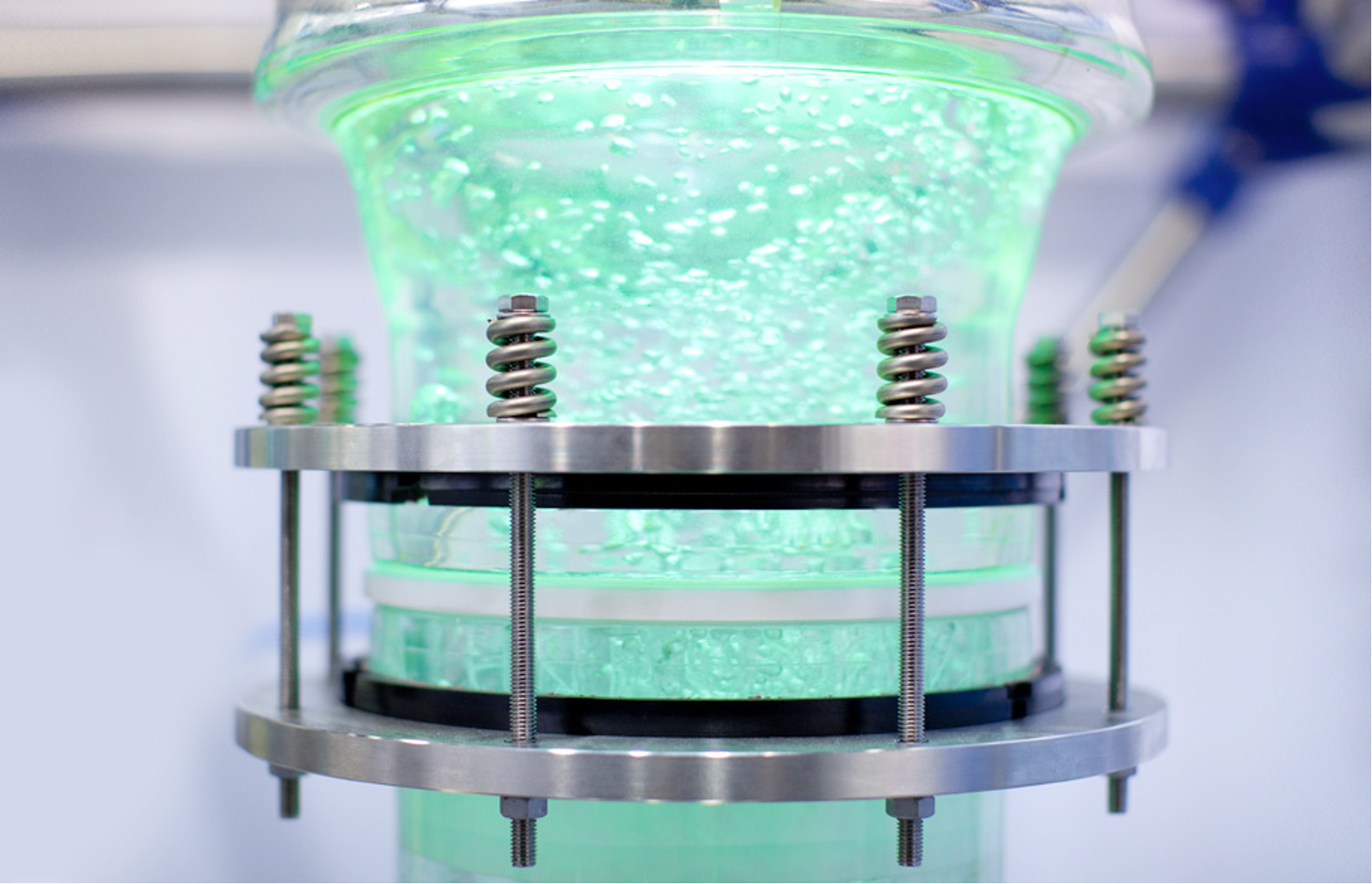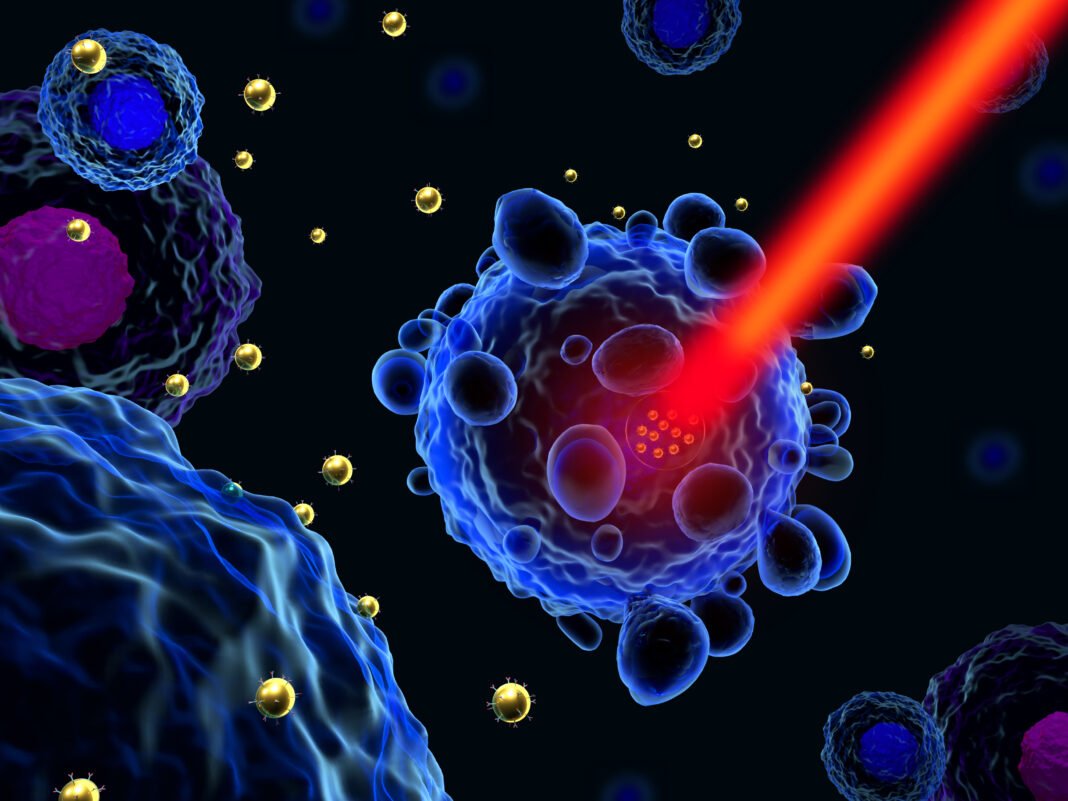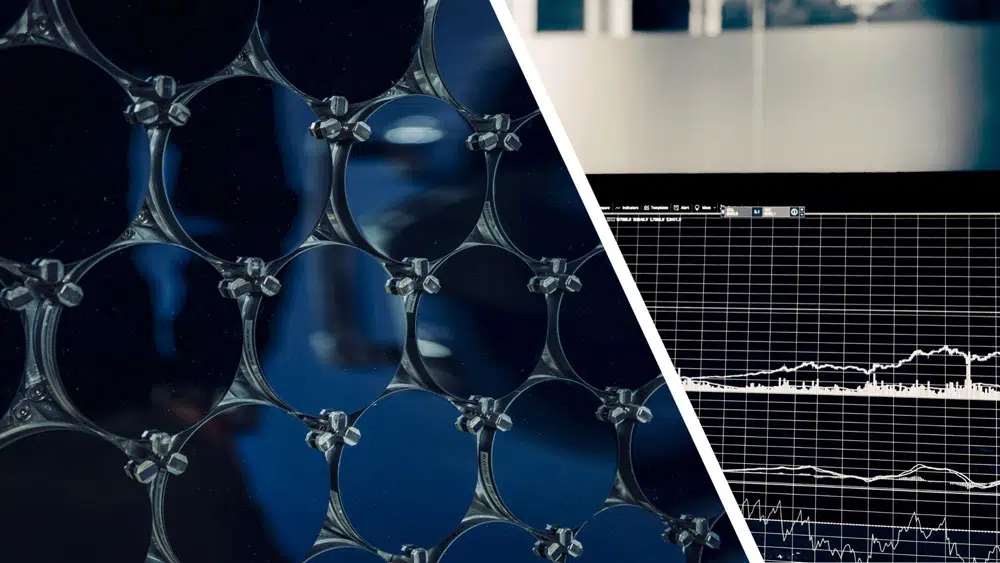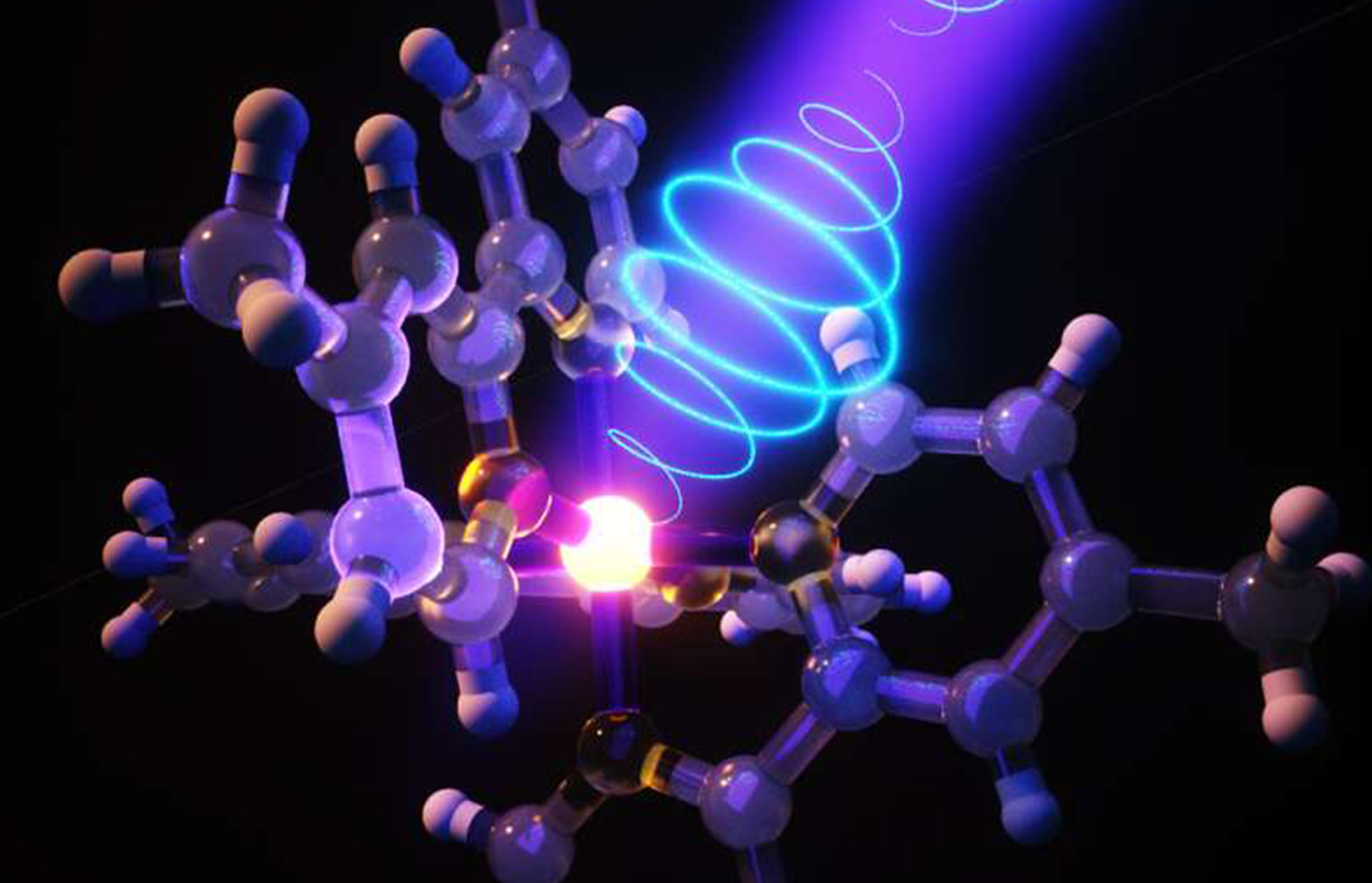
BERNARDO project
© Ella Maru Studio
Bridging the chirality of light between near- and far-fields with nanophotonics
Keywords
Chirality; Nanophotonics; Nanostructures; Optical near field; Electron spectroscopy; Photocurrent; Polarimetry; Optical spin density

Summary
Chiroptical interactions, which describe the specific effects related to the circular polarization of light interacting with chiral materials, are at the core of numerous advancements in physics, chemistry, and biology. They play a pivotal role in a number of fields, including biomolecular recognition, optically active materials, and polarized light emission. However, at the nanoscale, these interactions remain poorly understood, particularly in regard to establishing connections between phenomena observed in the near field and far field regimes. It is a common misconception that a strong chiroptical response in the far field is indicative of strong chirality in the near field. This oversimplification fails to account for complex phenomena such as hidden chirality, where strong near-field effects do not manifest in the far field.
Read more
To address these limitations, a more comprehensive characterization of chirality observables is imperative. The quantification and control of light-matter interactions across different spatial scales relies on the use of metrics such as optical chirality density, optical spin density, and various elements of the Mueller matrix. The BERNARDO project is designed to address this challenge by developing optimized nanostructures that maximize these observables and by establishing fundamental links between chiral phenomena in the near-field and far-field regimes.
To achieve these objectives, BERNARDO relies on innovative theoretical, numerical, and experimental approaches. Nanostructure design is based on advanced tools such as genetic algorithms and numerical simulations to optimize specific chirality properties. Experimentally, the project leverages a unique combination of techniques, including electron spectroscopy (EELS and cathodoluminescence), spectroscopic micropolarimetry, and near-field microscopy, to map chiral interactions at the nanoscale. These tools not only enable the measurement of optical properties in nanostructures but also facilitate the exploration of little-studied mechanisms, such as the impact of chiral hotspots on the emission of quantum emitters.
By bringing together five laboratories with complementary expertise, the project combines skills in nanophotonics, electron spectroscopy, nanostructure fabrication, and theoretical modeling. This interdisciplinary collaboration aims to tackle major scientific challenges in chirality while developing tools and concepts with potential applications across various fields, from optoelectronics to biotechnology. The BERNARDO project aims to enhance our understanding of the fundamental mechanisms of chiroptical interactions and to drive significant technological advancements, notably through methodological innovations and the development of open source codes and experimental tools.
Consortium
L2n • Troyes
Unité de Recherche Lumière, nanomatériaux et nanotechnologies
Davy Gérard, Renaud Bachelot, Jérôme Plain, Jérémie Béal
INSP • Paris
Institut des NanoSciences de Paris
Bruno Gallas, Mathieu Mivelle, Maria Sanz-Paz, Yoann Prado
LPS • Orsay
Laboratoire de Physique des Solides
Mathieu Kociak, Luiz Tizei
ICB • Dijon
Laboratoire Interdisciplinaire Carnot de Bourgogne
Alexandre Bouhelier, Benoît Cluzel, Gérard Colas Des Francs, Kamal Hammani, Erik Dujardin, Laurent Markey, Juan Arocas, Florian Dell’Ova
IFM • Marseille
Institut Fresnel
Nicolas Bonod, Guillaume Demesy
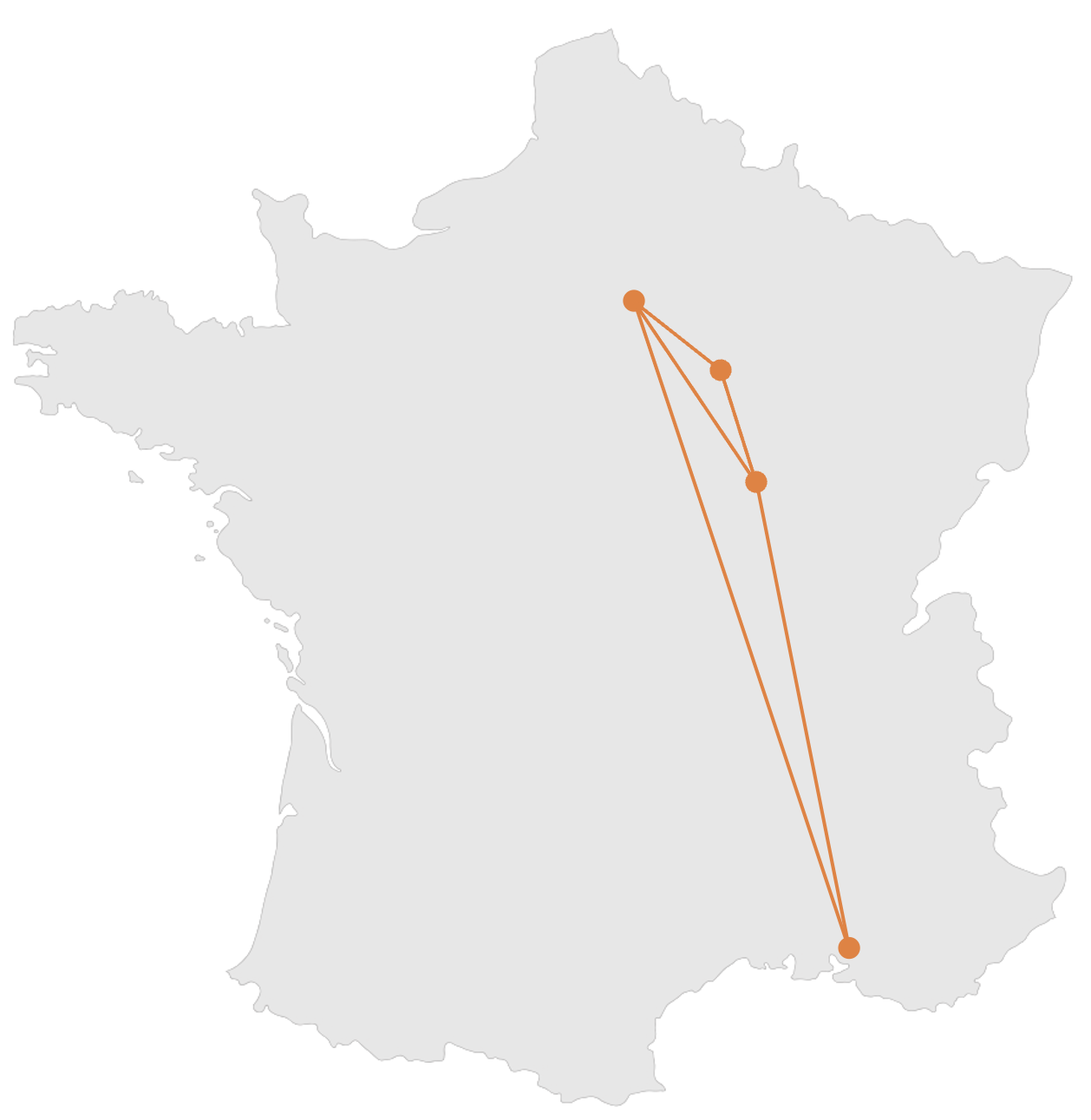

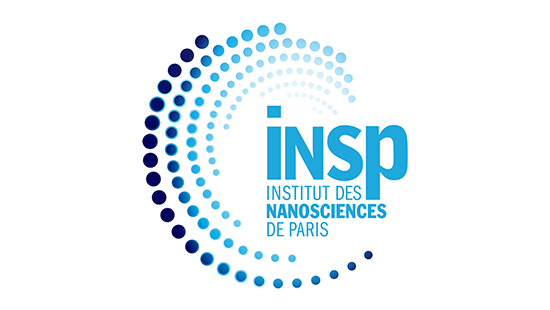
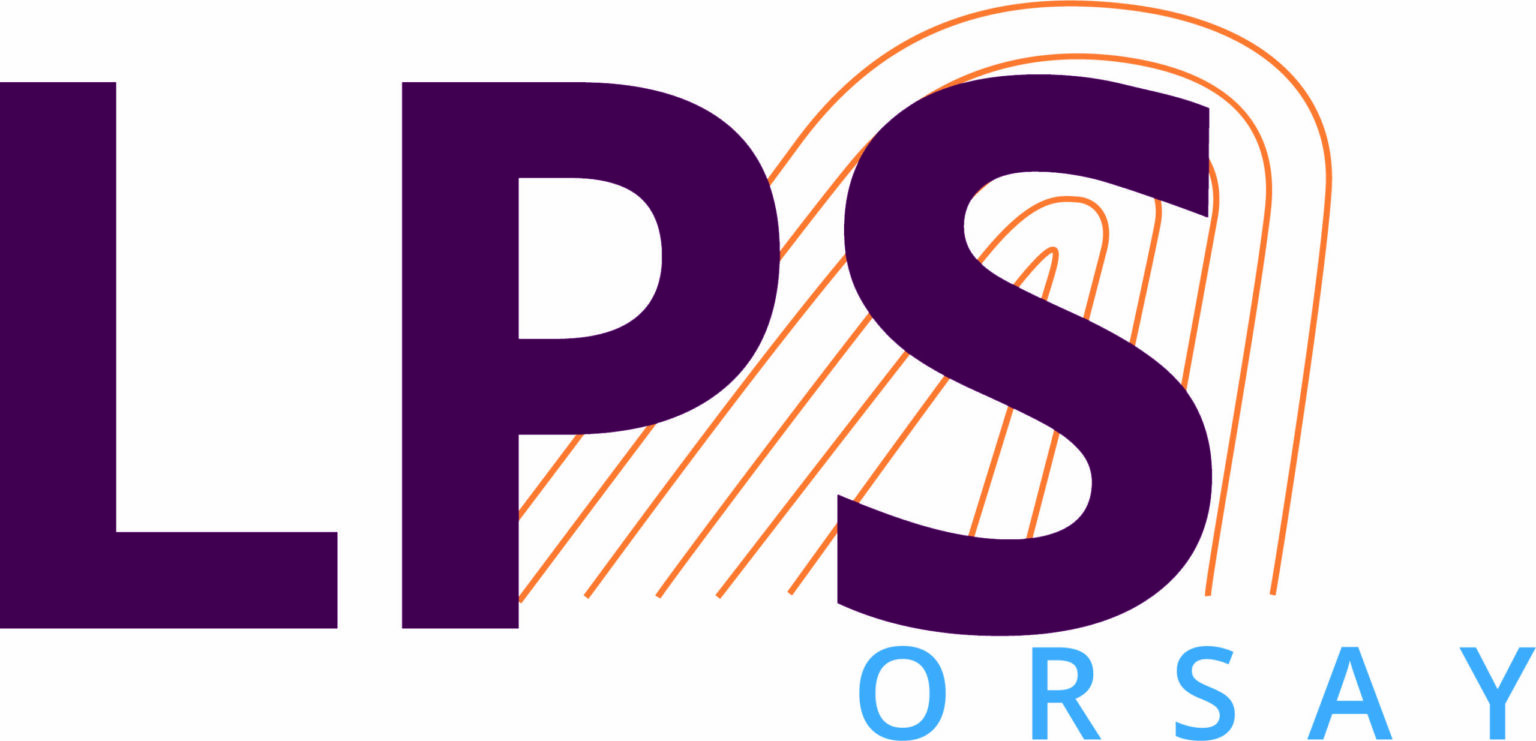

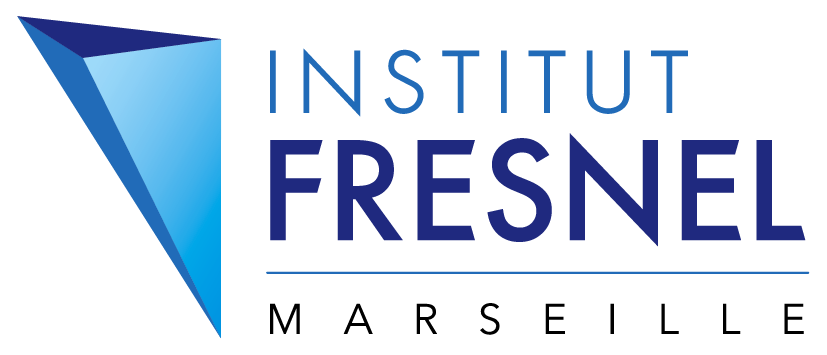
Publications
Les autres projets PEPR
